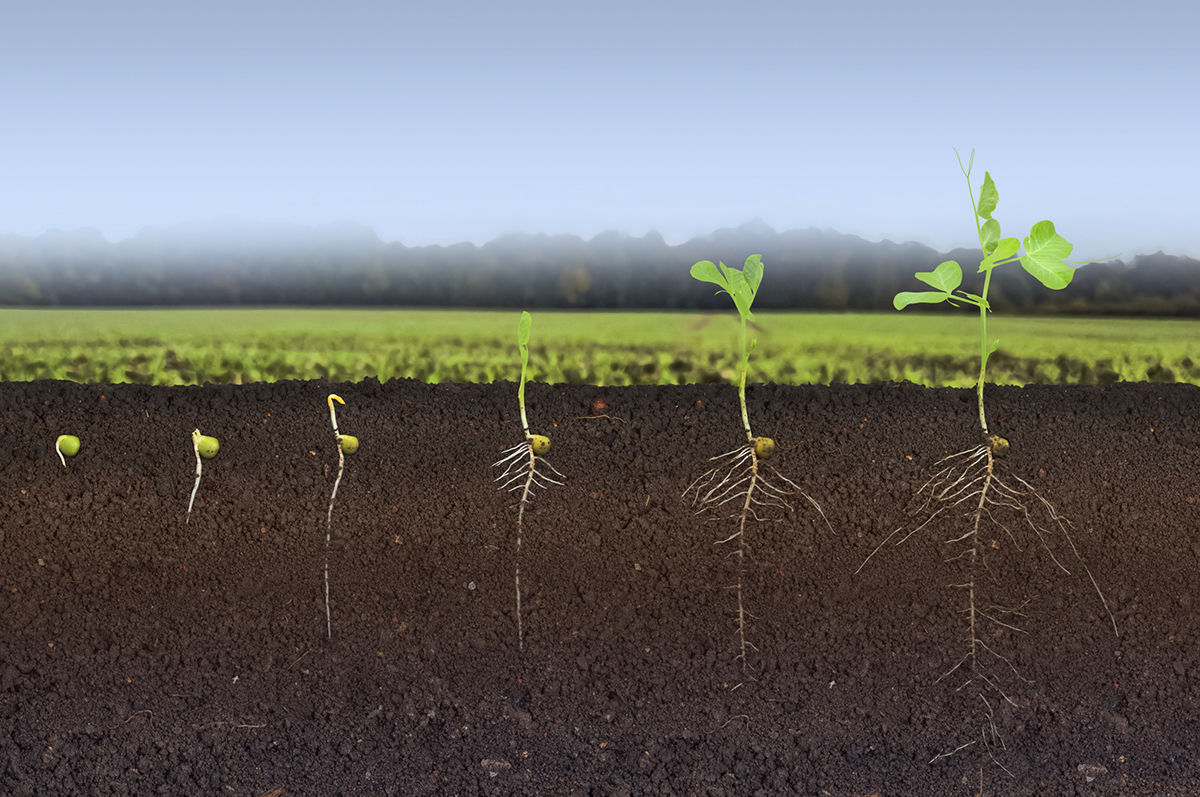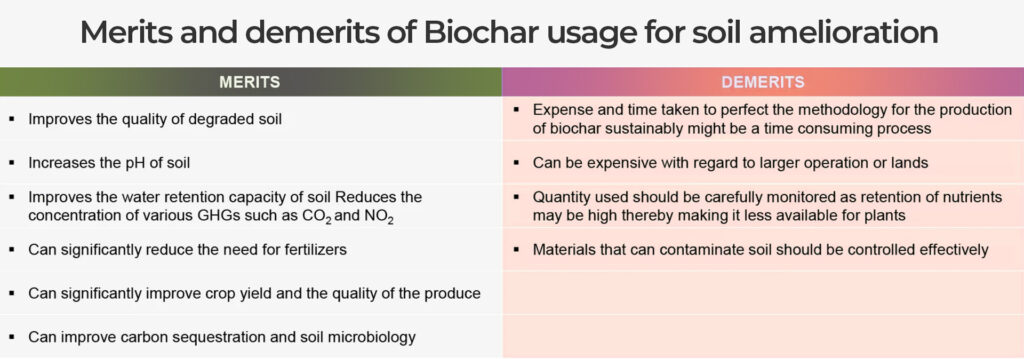The world beneath our feet: What soil does for people and planet
By Olivia Matise
In the world of environmental conservation, one major tool often flies under the radar, or more accurately, underfoot: soil. Soil provides vital ecosystem services and structure for life on Earth, sustaining a myriad of life forms, from small mammals to microscopic bacteria and fungi. Just one tablespoon of healthy soil contains more living organisms than there are humans on the planet. Our world’s soils also hold the answers to a significant portion of our climate issues, containing the power to fight global emissions and transform agriculture into a more sustainable and productive industry—as long as we keep it healthy and preserve it.
Healthy soil is a natural filter, capturing and cleaning water as it moves through the ground. This physical, chemical, and biological process produces clean water for crop production, recreation, and drinking water, including major cities like New York—a process that’s billions of dollars cheaper than building and maintaining filtration plants. Soil also impacts the maintenance of water flow and retention, which boosts flood mitigation and drought resiliency.
On a microscopic level, the complex assemblages of bacteria and fungi living in soil play a key role in how soil functions. Known as the “plant-microbe bridge,” plants release biological compounds such as proteins, enzymes, and hormones to communicate their energetic needs to soil microbes. These compounds, which also include the carbon and sugar-rich by-products of photosynthesis, build up around living plant roots, attracting beneficial microbes that form a layer called the rhiszosphere. Microbes take in elements from the soil such as nitrogen, sulfur, and phosphorus and store and release them through absorption and decomposition. This microbial shield both protects plants from pathogens and pests and increases plants; access to essential nutrients. It is through this absorption and storage that microbes also fix carbon, keeping it out of the atmosphere.
These processes also directly impact the production and quality of food. Studies have shown that, over the past century, the nutritional component of almost every type of agricultural product has declined by 10 to 100% percent, likely due to a decline in those beneficial microbes. This has led to a phenomenon known as “hidden hunger,” or micronutrient malnutrition, which effects more than two billion people worldwide. Hidden hunger can lead to a variety of chronic illness and especially affects developing countries and underserved communities.

Just one tablespoon of healthy soil contains more living organisms than there are humans on the planet
This degredation of soil is largely due to the introduction of chemical pesticides and industrial farming practices that have inadvertently disrupted the natural structure and quality of soils across the world. Beginning in the early 1900s, the industrialization and subsequent consolidation of agriculture has set value on crop yields and profits over the nutritional value of the food being produced. Monocropping, or the practice of planting large areas of land with one single crop-type, became common pratice, leading to major losses in ecological as well as nutritional diversity. More and more farmers used tilling, or the mixing of soil to reduce weed-growth and prepare for re-seeding, to make the earth easier to work with in the short term.
We now know that in the long-term, industrial agriculture practices like tilling lead to highly compacted and unproductive soil. They degrade soil quality by disrupting its natural structural complexity and killing its microbial and fungal residents—those organisms that provide critical ecosystem services underground. Without its natural microbial systems in-tact, soil loses its pest and disease fighting properties, causing farmers to rely more and more on pesticides and fungicides, which further disrupt life underground.
About 30% of the world’s farmland has been abandoned in the past 40 years due to declines in soil health and availability. Scientists estimate that the tilling of large swaths of land across the United States for more than 100 years has contributed to the loss of 57.6 billion tons of topsoil, with some estimating that the Earth will run out of farmable topsoil in less than 60 years.
What’s more is that some of the world’s richest soils have lost up to 75% of their carbon over past 150 years, adding billions of tons of carbon dioxide to the atmosphere. The artificially accelerated release of carbon dioxide from natural stores within the Earth, due to land development for agriculture and other purposes, is one of the leading contributors to climate change.
Now, there is a growing movement to revive traditional practices and develop new, more sustainable agricultural practices that benefit the environment, farmers, and alike.
Switching to natural, locally produced fertilizers and soil enhancers such as Biochar, a charcoal-like material produced from burnt organic matter, can have a net positive outcome for farmers by lowering spending on fertilizers and improving crop yields, and remediating soils for long-term success. Practices like crop rotation, instead of monocropping, increase the diversity of produce grown by a single farming institution, thus increasing biodiversity in the ground and the health of the soil.
Forest restoration, biodiversity conservation, and sustainable agriculture have overlapping objectives that can be integrated into climate change initiatives.
Regenerative agriculture—a systems-based, holistic approach to farming that focuses on improving soil health and function, especially through boosting soil organic matter—has receiving widespread attention in recent years from the mainstream media, food corporations like PepsiCo, investors, and even the Biden Administration. Project Drawndown, an acclaimed climate solutions non-profit organization, lists regenerative agriculture as the 11th most impactful strategy for fighting climate change.
This has funneled a massive amount of resources into a the sustainable agriculture movement, as well as innovators. Indigo Ag, a sustainable ag-tech development company, is supporting soil remediation by empowering farmers to enhance carbon storage through their Soil Enrichment Protocol, in partnership with the Climate Action Reserve. Indigo Ag, along with other organic fertilizer companies, have developed sustainable fertilizers by harnessing the natural powers of microbiotic fungi and bacteria.
Meanwhile, a lesser-known sustainable farming method called agroforestry utilizes trees dispersed throughout agricultural areas to increase the diversity of vegetation and animal life. This has the potential to increase crop yields as well as improve soil quality. Thus, forest restoration, biodiversity conservation, and sustainable agriculture have overlapping objectives that can be integrated into climate change initiatives.
Many others are developing guidelines and initiatives to support farmers in transitioning to and advancing regenerative farming practices. Non-profit organizations such as The American Farmland Trust and Kiss the Ground, support research, policy changes, and provide education and resources for farmers to implement regenerative techniques.
It is estimated that regenerative agriculture can be 78% more profitable than conventional farming. With advancements in sustainable technology and the continued difficulties of conventional farming due to declines in soil health and other environmental changes, more and more leaders across the agricultural industry are looking to these practices for both environmental and economic sustainability.
Systems-level change requires complex collaborations and a high level of effort by multiple stakeholders, especially policymakers and the private industry. For the everyday consumer, cutting down on your consumption of processed foods, shopping and eating local, organically produced products, and eating less meat and more veggies are a few simple ways to incorporate sustainable habits into your life. Supporting brands and policies that promote regenerative agriculture can also help drive the industry towards a sustainable future.
Healthy soil is a natural filter
Healthy soil is a natural filter, capturing and cleaning water as it moves through the ground. This physical, chemical, and biological process produces clean water for crop production, recreation, and drinking water, including major cities like New York—a process that’s billions of dollars cheaper than building and maintaining filtration plants. Soil also impacts the maintenance of water flow and retention, which boosts flood mitigation and drought resiliency.
“To forget how to tend the soils is to forget ourselves”
– Mahatma Gandhi
Want to learn more or get involved? Check out these resources!
Learn 9 Ways to Support Sustainable Food.
Get involved with Kiss the Ground or the American Farmland Trust.
Read more about the work Indigo Ag does by visiting their page.








